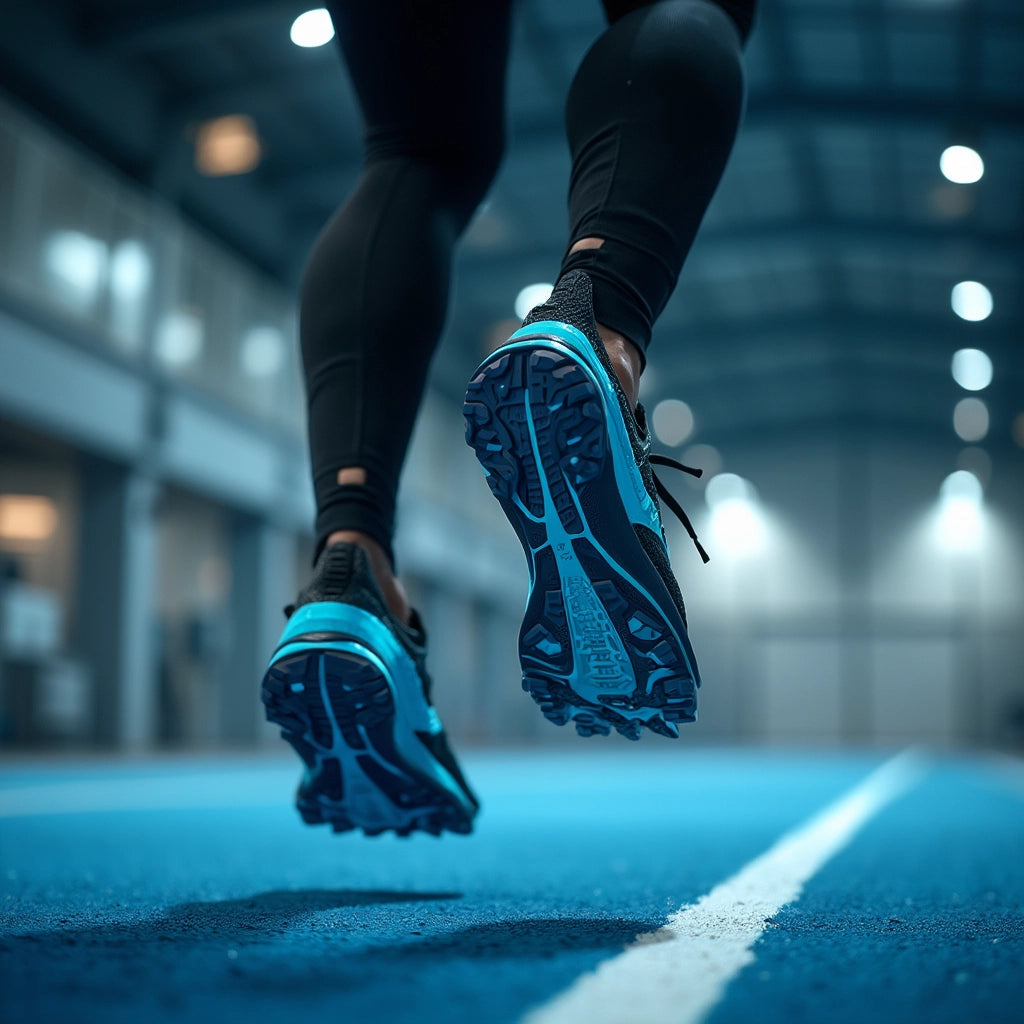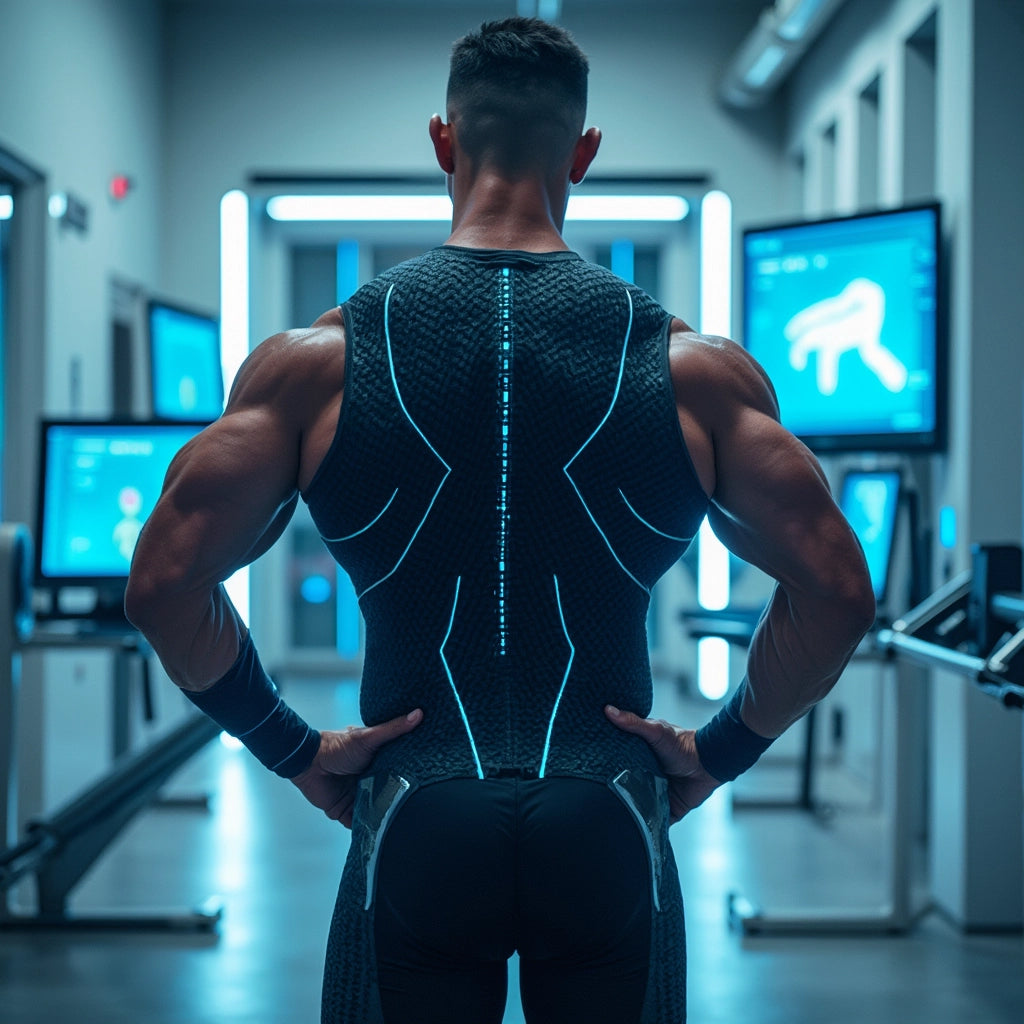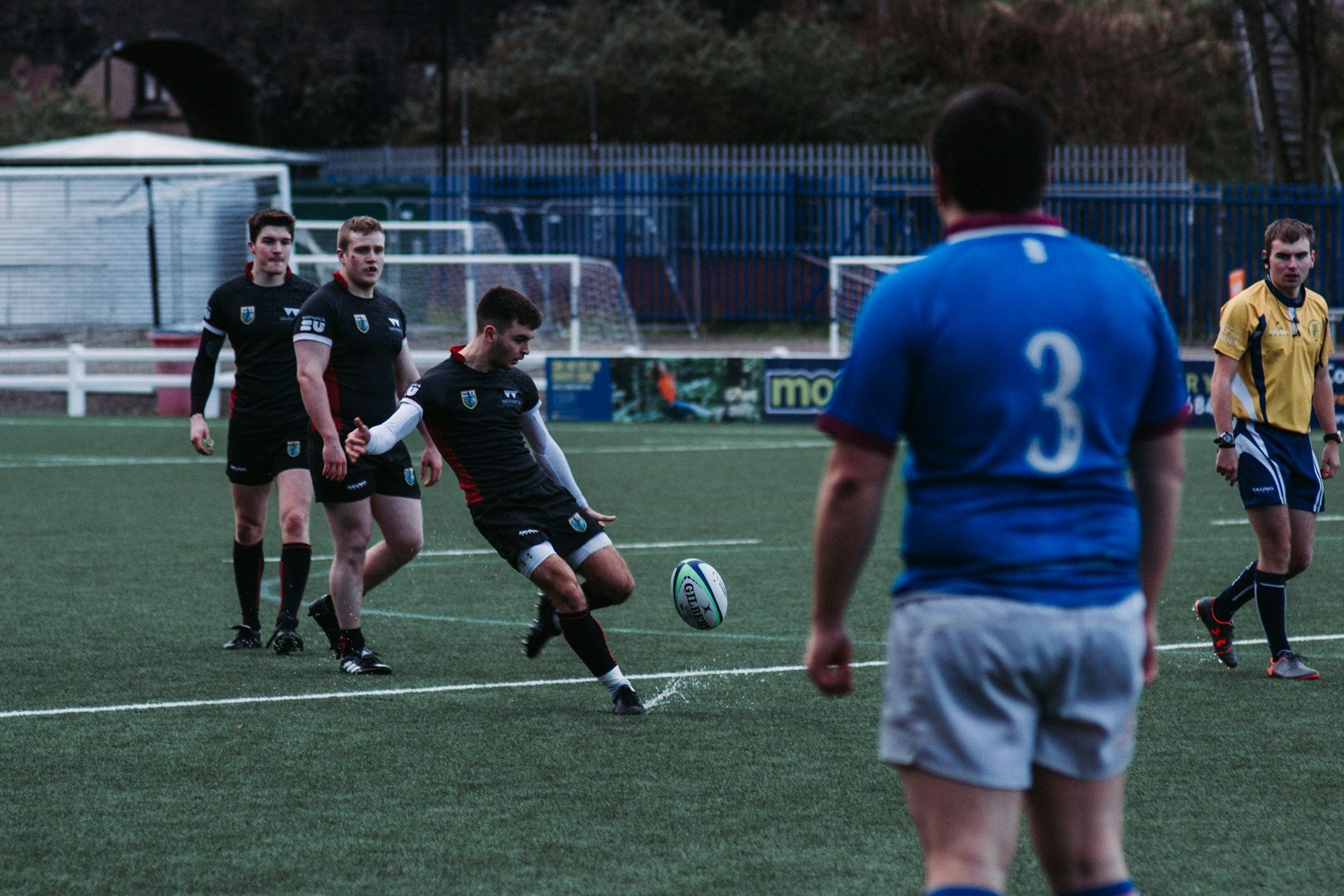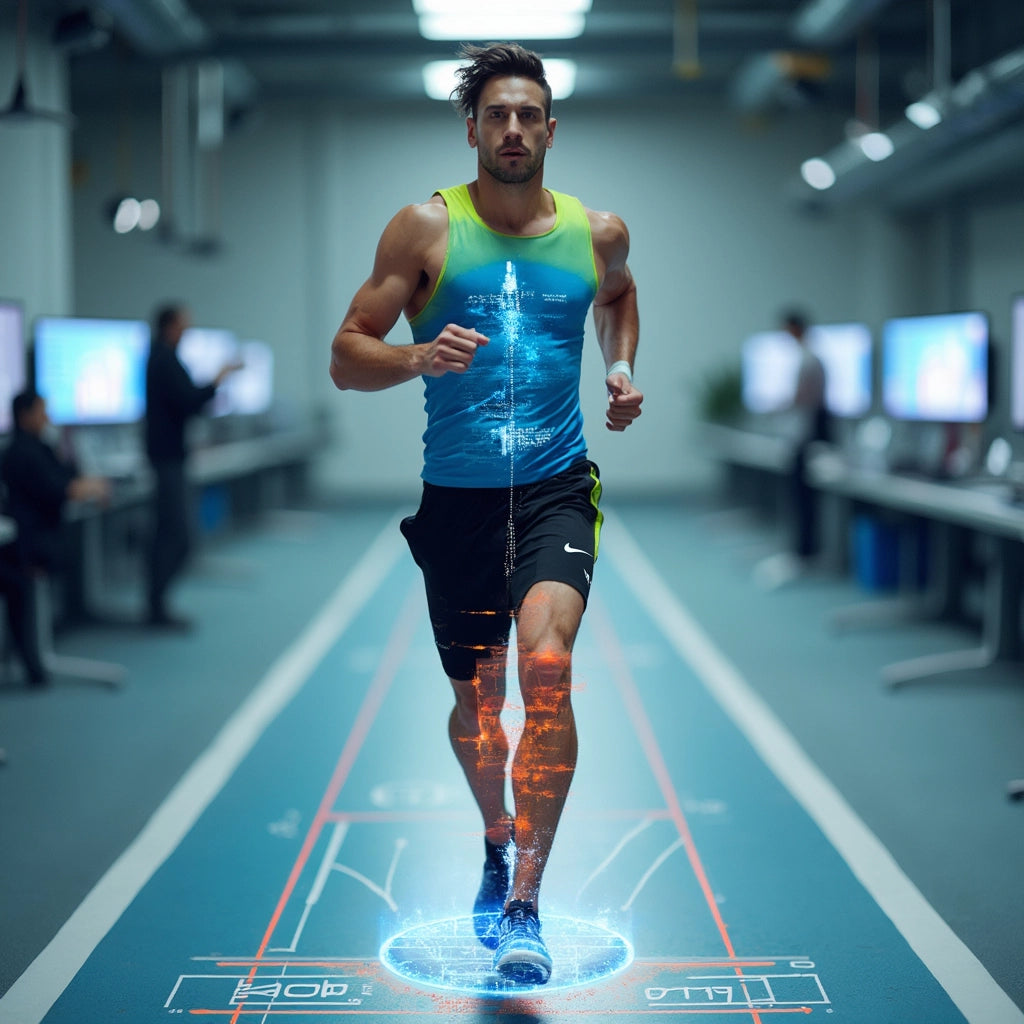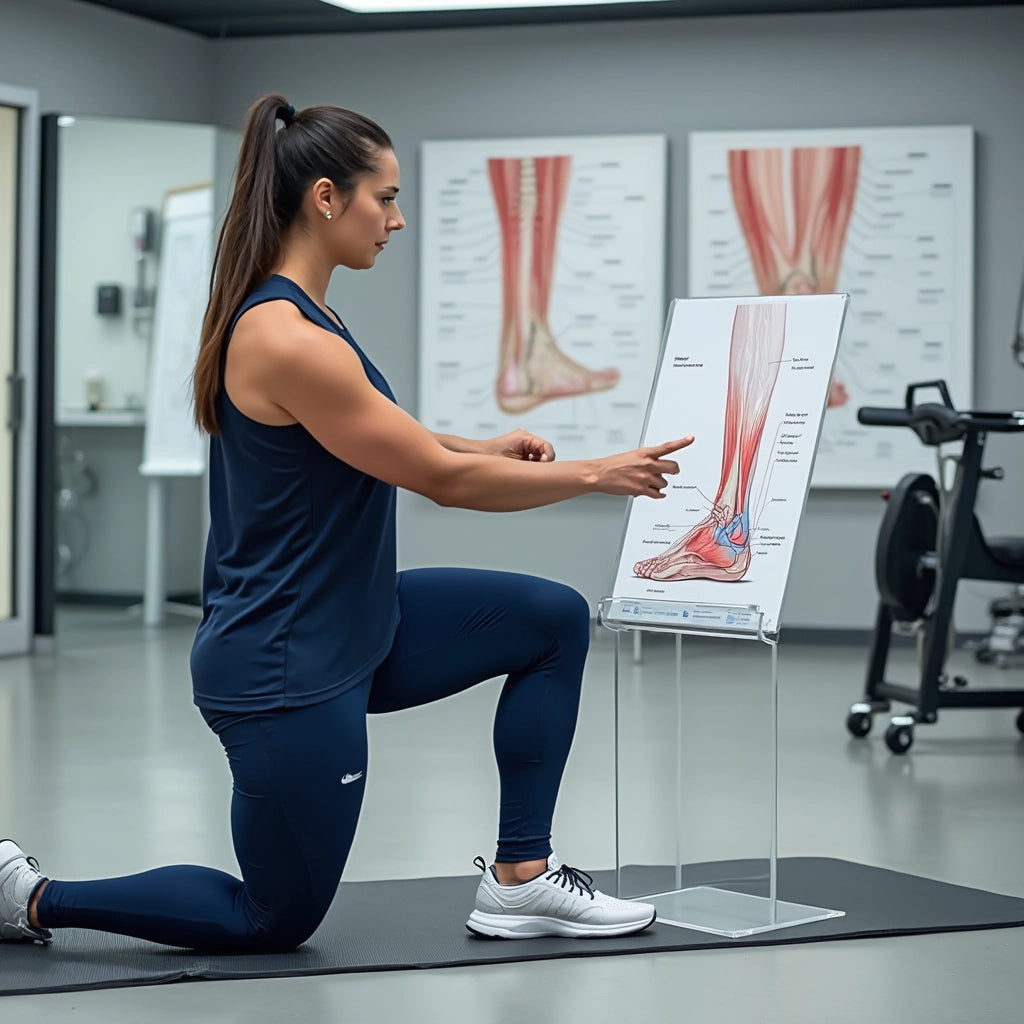Revolutionizing Athletic Performance with Friction Control Technology
In the world of sports science and athletic performance, even the smallest advancements can lead to substantial improvements. One such innovation is friction control technology in performance wear, which has significantly altered the landscape of how athletes interact with their footwear. By enhancing the way movement is translated from foot to shoe, friction control technology is revolutionizing the athlete's experience, boosting performance, and minimizing injury risks.
The Science Behind Friction Control
At the heart of this technology are two critical focuses: reducing internal friction between the sock and foot, and optimizing external friction between the sock and shoe. This dual-action approach is designed to combat the common challenges athletes face, such as blisters, hot spots, and skin irritation, while ensuring that every explosive movement is efficient and powerful.
Research has indicated that athletes can lose up to 5% of their energy output due to inefficient foot-to-shoe contact. This is where friction control technology becomes a game-changer, providing a stable platform that enhances proprioception—the body’s ability to perceive its position in space. This improved awareness results in better balance, quicker direction changes, and more precise movements.
Reducing Energy Wastage
The incorporation of innovative fiber technologies and strategic cushioning zones in performance socks like those potentially offered by Nextwave Socks further maximizes efficiency. These socks create a seamless interface that minimizes energy wastage during dynamic activities. The result? Athletes can conserve more energy for crucial moments, ultimately enhancing overall performance.
Moisture Management: The Unsung Hero
An equally important aspect of friction control technology is its moisture management capability. During intense or extended physical activities, moisture build-up can significantly affect performance and create conditions ripe for friction-related injuries. Advanced fabrics wick moisture away from the skin, maintaining an optimal temperature and reducing the risks associated with prolonged dampness.
Benefits Across Various Sports
The advantages of friction control technology extend well beyond individual sports athletes. Team sports participants benefit from increased stability and reduced injury risks, which translate to more consistent training and game participation. Distance runners and cyclists experience the prevention of blisters and energy conservation, while court sport athletes enjoy superior grip and acceleration.
- Team Sports: Consistent training presence and reduced injury occurrence.
- Distance Athletes: Energy conservation and blister prevention.
- Court Sports: Enhanced grip and quick acceleration.
Practical Implications for Athletes
Understanding and implementing friction control technology can dramatically enhance an athlete's performance. This makes it an essential factor to consider when selecting performance gear. For example, choosing the best football grip socks that incorporate these technologies can be a strategic investment for any athlete focused on maximizing their potential on the field.
"Friction control technology might seem like a small detail, but its impact on sports performance is anything but minor. It’s an essential tool in the modern athlete's toolkit."
Conclusion: Taking the Next Step in Performance Wear
As sports science continues to evolve, innovations like friction control technology highlight the significant benefits of seemingly modest improvements. Whether you're a team sports player seeking stability, a distance athlete aiming for efficiency, or a court sport competitor in need of superior grip, prioritizing socks with advanced friction and moisture management technology could be your key to delivering peak performance.
Explore the possibilities with quality performance wear enhancements. Personalized socks that feature advanced friction control technology could be the next step in your athletic journey.

